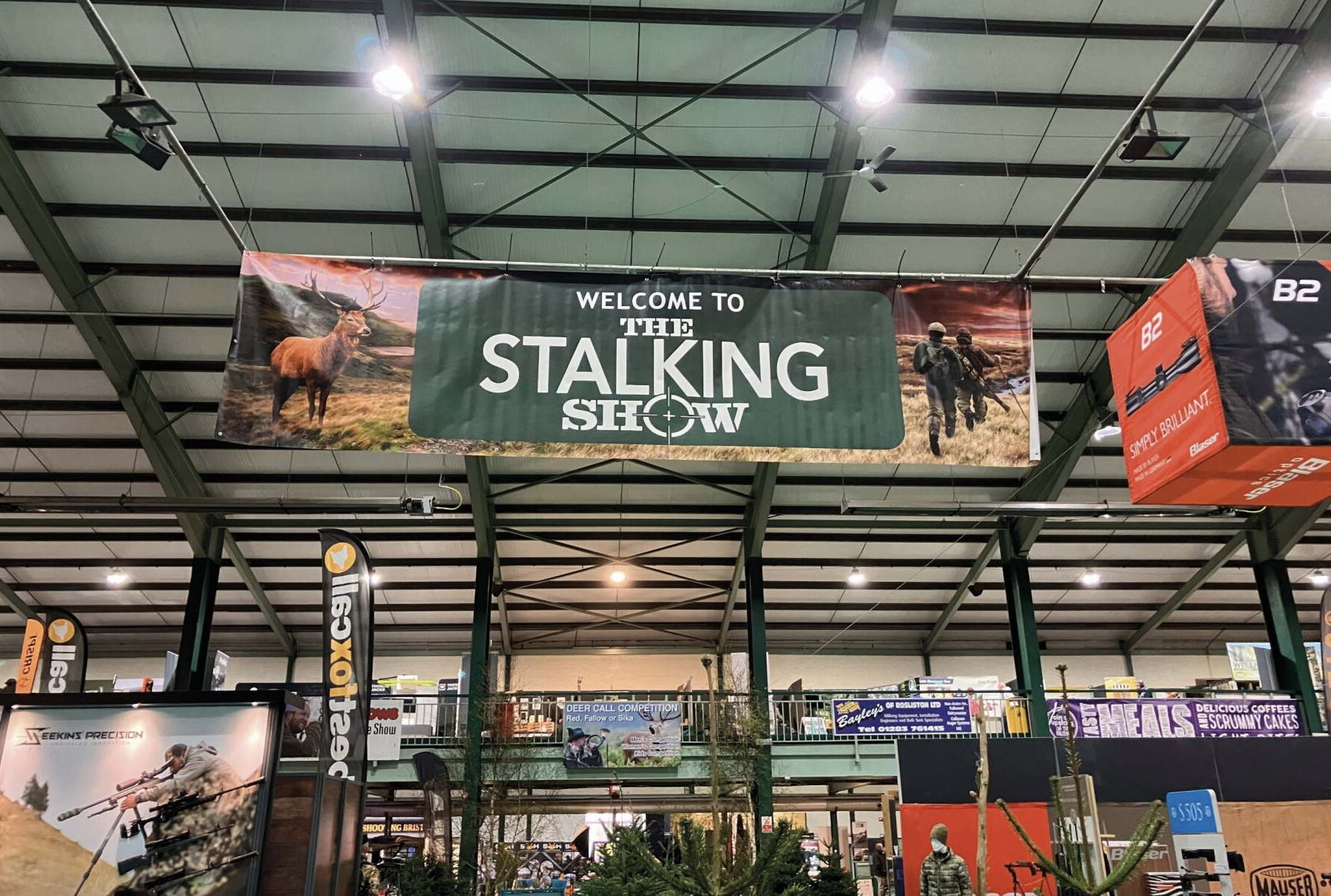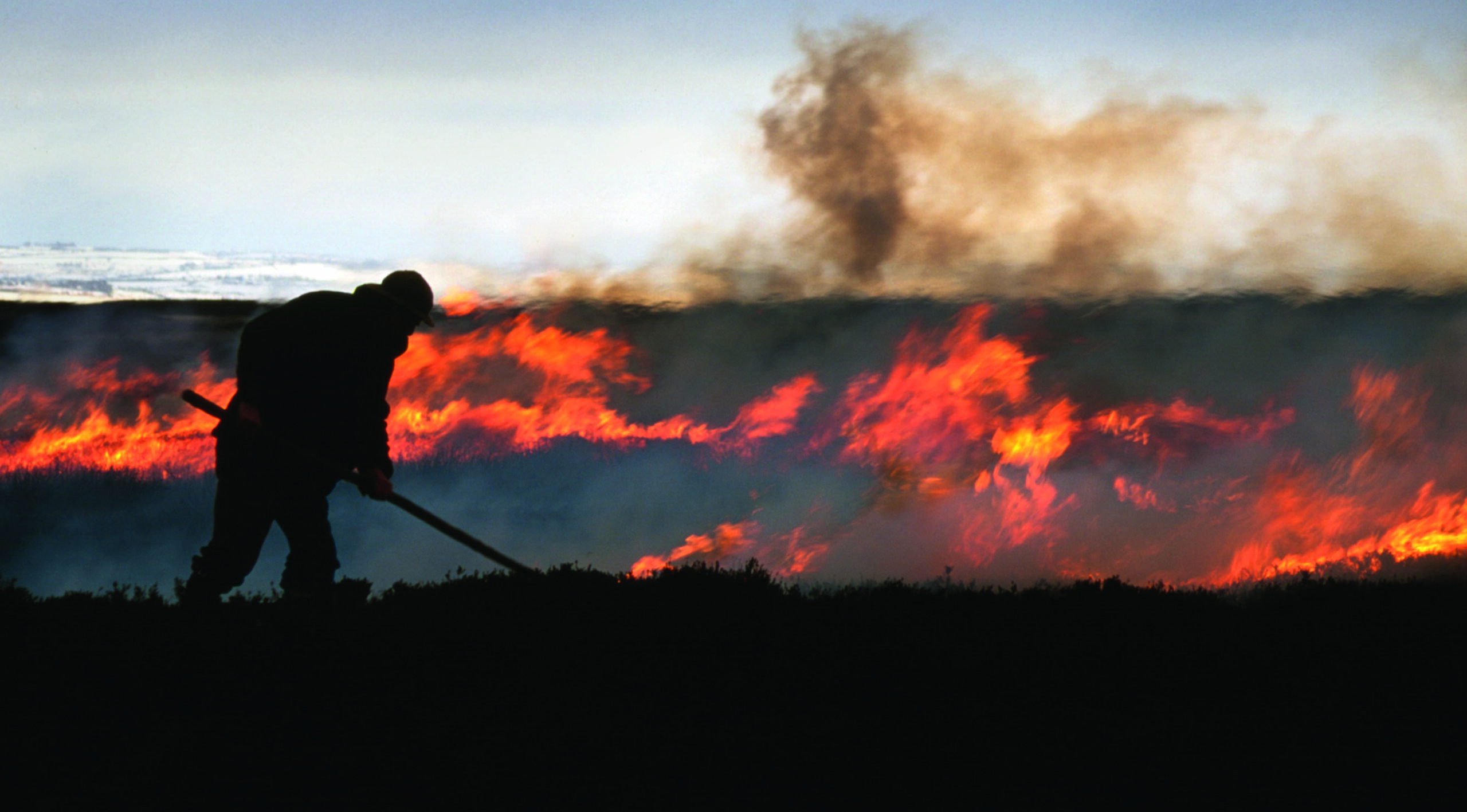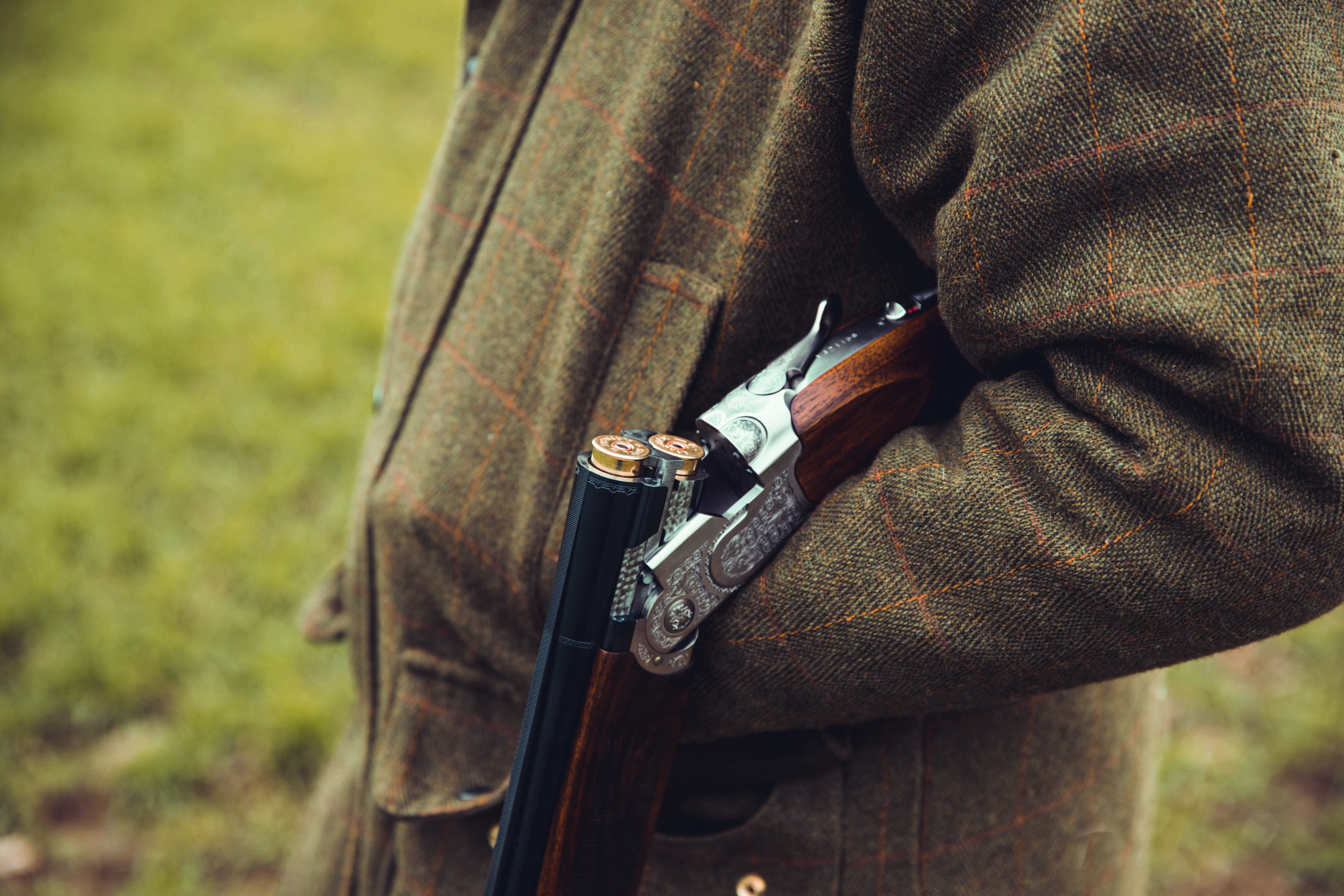Who’s at fault when red kites fail to soar?
There was no ambiguity about who the Royal Society for the Protection of Birds (RSPB) Scotland blames for the low success rate of reintroduced red kites in northern Scotland this week. On Monday, the charity pointed the finger squarely at sporting estates.
According to analysis of reintroductions, which began in the late-1980s, there are now eight times as many birds in the south of England as in northern Scotland, despite similar starts. In Scotland, red kites have been released in three separate areas by RSPB Scotland and Scottish Natural Heritage (SNH) ? in the area around Stirling, in Dumfries and Galloway and in the Black Isle. Despite the fact that all have experienced increases in numbers of breeding pairs in the past year, RSPB Scotland pointed to the fact that the Black Isle population of 41 breeding pairs is way below the estimated 320 breeding pairs in the Chilterns.
Investigations by the charity have identified five cases of red kite poisoning in the Highlands this year, and despite its admission that the crime is hard to detect, the charity stated ?illegal human persecution must be considered to be one of the main factors for the vast shortfall?.
?The UK has become a very successful outpost for the red kite in Europe,? said Duncan Orr-Ewing, head of species and land management at RSPB Scotland, ?but it?s saddening that when a species is clearly thriving after reintroduction, it is held back by the acts of humans in one part of the country and not the others.?
Commenting on the RSPB?s own acknowledgement in its 2005 review of persecution in Scotland that the crime is declining, Bert Burnett of the Scottish Gamekeepers? Association told ST: ?Unfortunately, despite obvious increases in almost all raptor populations, the RSPB continues to accuse keepers across the UK of holding back what it terms ?recoveries? of these birds. If the landowning interest is really doing as much damage as the RSPB likes to claim, how is it that these avian predators have increased by hundreds of per cent in many cases? Buzzards, ravens, sparrowhawks and goshawks have, according to members of the public as well as gameshooting interests, become so numerous that many people now question the relationship between the lack of songbirds and increasing predatory birds?.
Mr Burnett hit back at what he described as the RSPB?s haste to take the moral high ground while ignoring the damage raptors are doing to wildlife: ?The RSPB is clearly not content to produce actual wildlife crime convictions but resorts to using figures based on ?probable? or ?possible? crimes; none of which it can verify. It seems that in these cases the RSPB adopts the role of judge and jury.?








